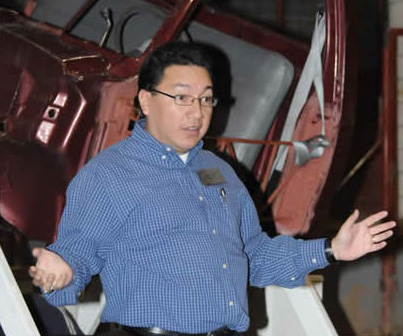
Mario Villarino DVM, Ph.D.
Hopkins County Extension Agent for Ag and NR
1200B Houston Street
Sulphur Springs, Texas 75482
903-885-3443
With our constant rain overrunning our fields, wildlife has the tendency to become displaced from their natural habitat due to flooding. This is true about insects and snakes. Last week I wrote about snake population managements. Just as snakes and insects, beavers are also important for our county ecology.
According to Texas A&M AgriLife Extension information, most of the damage caused by beavers is the result of bank burrowing, dam building, tree cutting or flooding. Levees or pond dams weakened by beaver burrows may collapse during periods of high water. If creeks, drainage ditches, culverts and spillways become blocked by beaver dams, adjacent pasture land, timberland and roadways can be damaged by flooding and erosion. Beavers can damage boat docks and fishing piers by building their lodges underneath them. Beavers also can cause extensive damage to agricultural crops such as corn or sugar cane, although their damage is more commonly inflicted on trees along rivers, streams and lakes. In urban areas, beavers damage fruit trees, gardens and ornamental trees Beaver control is best accomplished as soon as there is evidence of beaver damage.
Once beaver colonies become established over a large area, controlling them can be difficult and costly. Fencing of culverts, drain pipes or other structures can sometimes prevent damage; however, beavers often simply incorporate the fence into their dam. Fencing lakes and ponds to exclude beavers is generally not practical. Barriers of sheet metal or hardware cloth placed around the bases of valuable trees may help prevent damage. The barrier should extend from ground level to a height of about 4 feet. A variety of traps and trapping methods is effective in controlling beavers. Live traps, leghold traps, conibear traps and snares can be used. The effectiveness of any trap is determined by a person’s knowledge of beaver habits, as well as proper trap selection and placement. Beavers are classified as furbearers in Texas, but it is legal to trap them. Under state law, a person may trap a furbearing animal at any time if it is causing damage; however, the pelt can be sold only during furbearer season and with the proper licenses.
Other furbearers include otter, mink, ringtailed cat, badger, skunk, nutria, weasel, raccoon, opossum, muskrat, fox and civet cat. Landowners needing help or wishing to live trap beavers and relocate them after they have been caught must notify a representative of the Texas Parks & Wildlife Department. We currently have a professional trapper working for Hopkins and Wood Counties capable of providing services and information related to beaver control. For additional information contact the Texas AgriLife Extension Service in Hopkins County and ask for Beaver Control Program at 903-885-3443.







